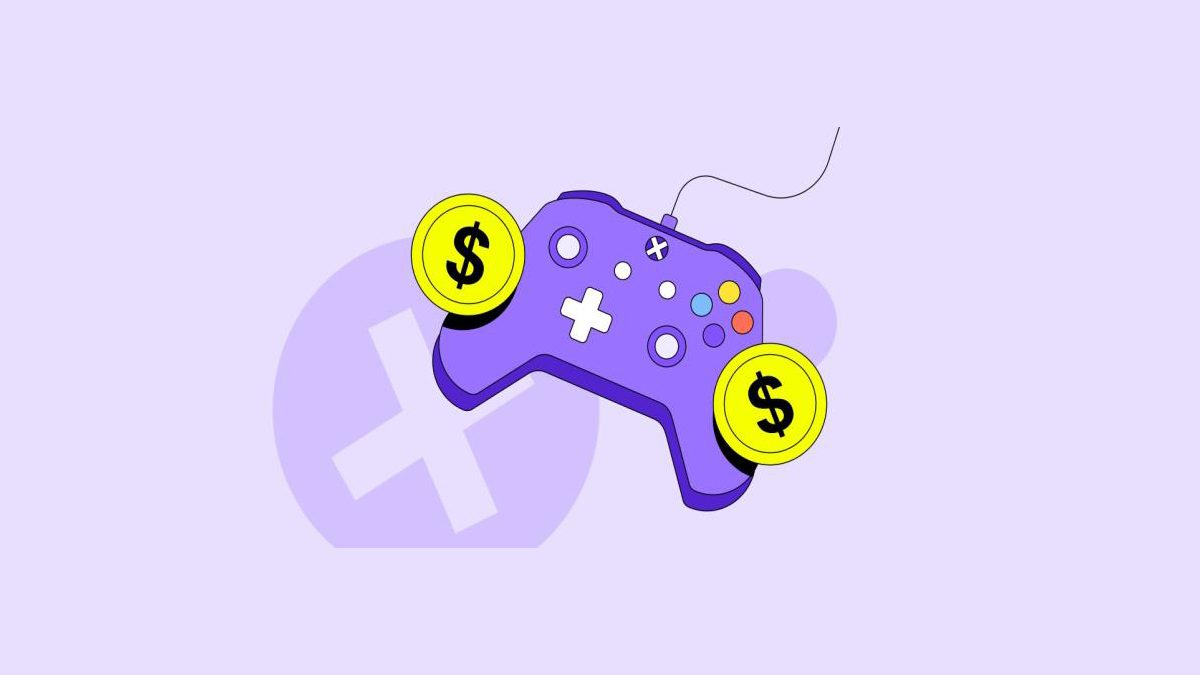Table of Contents
Introduction
The gaming industry has experienced a significant transformation with the emergence of Play-to-Earn (P2E) games, where players can earn real-world rewards through in-game activities. Unlike traditional video games that rely on one-time purchases or microtransactions, P2E games leverage blockchain technology, non-fungible tokens (NFTs), and cryptocurrencies to create a decentralized economy where players can own, trade, and monetize their in-game assets.
From Axie Infinity and Decentraland to The Sandbox and Gods Unchained, Play-to-Earn games have gained massive popularity, attracting millions of users worldwide. These games offer financial incentives while maintaining an engaging and immersive gaming experience.
This article explores the mechanics of P2E games, their benefits and challenges, key industry players, and the future of blockchain-based gaming.
What Are Play-to-Earn Games?
Definition
Play-to-Earn games are blockchain-powered video games that allow players to earn digital assets—such as cryptocurrencies, NFTs, or tokens—that hold real-world value. These games introduce decentralized ownership, meaning that players truly own their in-game items instead of relying on a centralized gaming company.
How Play-to-Earn Games Work
✔ Players complete in-game tasks (battles, quests, competitions) to earn tokens or NFTs.
✔ Tokens can be traded or converted into real-world currencies.
✔ NFTs represent unique in-game assets (characters, weapons, land, or skins).
✔ Players can sell, buy, or rent digital assets in marketplaces.
Example: In Axie Infinity, players collect, breed, and battle creatures called Axies, which can be sold for real money.
Key Benefits of Play-to-Earn Games
1. Real-World Earning Potential
✔ Players can generate income by trading NFTs, staking tokens, or participating in battles and challenges.
2. True Ownership of Digital Assets
✔ Unlike traditional games where items are stored on company servers, P2E games allow players to own, sell, and transfer assets freely.
3. Decentralization and Transparency
✔ Powered by blockchain technology, Play-to-Earn games provide fairness, security, and transparent transactions.
4. Growing Adoption and Investment
✔ Venture capital firms and blockchain investors are heavily funding P2E projects, increasing their legitimacy.
5. Community-Driven Development
✔ Many P2E games allow users to vote on governance decisions through decentralized autonomous organizations (DAOs).
Example: Everix Edge GPT provides trading insights and strategies for crypto gaming tokens, helping players optimize their Play-to-Earn earnings.
Top Play-to-Earn Games in 2024
1. Axie Infinity (AXS, SLP Tokens)
✔ The most famous P2E game, where players battle and breed NFT-based creatures (Axies).
2. Decentraland (MANA Token)
✔ A metaverse where players buy, sell, and develop virtual land as NFTs.
3. The Sandbox (SAND Token)
✔ A blockchain-powered user-generated content (UGC) game, enabling players to create and trade virtual worlds.
4. Gods Unchained (Immutable X Token)
✔ A digital card game where players earn tradable NFT-based cards.
5. Illuvium (ILV Token)
✔ A AAA-quality RPG game with NFT characters and Play-to-Earn rewards.
Challenges and Risks in Play-to-Earn Gaming
1. High Initial Investment Costs
✔ Some P2E games require players to purchase expensive NFTs before playing.
2. Market Volatility
✔ In-game tokens can fluctuate in value, affecting players’ earnings.
3. Sustainability Concerns
✔ Many Play-to-Earn models rely on new player influx to sustain rewards, leading to fears of Ponzi-like structures.
4. Cybersecurity Risks
✔ Blockchain-based games are vulnerable to hacks and smart contract exploits.
5. Regulatory Challenges
✔ Governments worldwide are evaluating tax and legal implications for crypto gaming rewards.
Solution: Platforms like Everix Edge GPT help traders and players navigate crypto gaming markets, minimizing risks while maximizing rewards.
FAQ: Play-to-Earn Games
1. Are Play-to-Earn games free to play?
✔ Some games are free, while others require an initial NFT or token investment.
2. How do Play-to-Earn games generate income for players?
✔ Players earn tokens, NFTs, or digital assets that can be sold, staked, or traded for real-world value.
3. Are Play-to-Earn games legal?
✔ Yes, but regulations vary depending on the country and taxation policies.
4. What are the risks of Play-to-Earn games?
✔ Risks include token price crashes, security vulnerabilities, and unsustainable reward models.
5. Can you lose money playing Play-to-Earn games?
✔ Yes. Players can lose money if token values decline or if they invest in scam projects.
6. How do NFTs work in Play-to-Earn games?
✔ NFTs represent unique in-game assets, such as characters, weapons, or land, that players can own, sell, or trade.
7. What is the best Play-to-Earn game in 2024?
✔ Axie Infinity, The Sandbox, and Decentraland are among the top P2E games.
8. How do I start playing Play-to-Earn games?
✔ Choose a game, create a crypto wallet, purchase required NFTs, and start earning.
Conclusion
Play-to-Earn games have revolutionized the gaming industry by blending entertainment with real financial incentives. By utilizing blockchain technology and NFTs, these games provide players with true ownership, decentralized economies, and earning potential. However, challenges such as market volatility, high entry costs, and security risks remain significant concerns.
As the sector matures, more sustainable and innovative models will likely emerge, making Play-to-Earn gaming a mainstream financial opportunity. Whether you’re a gamer, investor, or trader, understanding the mechanics of P2E games can help you navigate this exciting space successfully.
For expert insights into crypto gaming tokens and Play-to-Earn investment strategies, visit Everix Edge GPT and stay ahead of the game!

